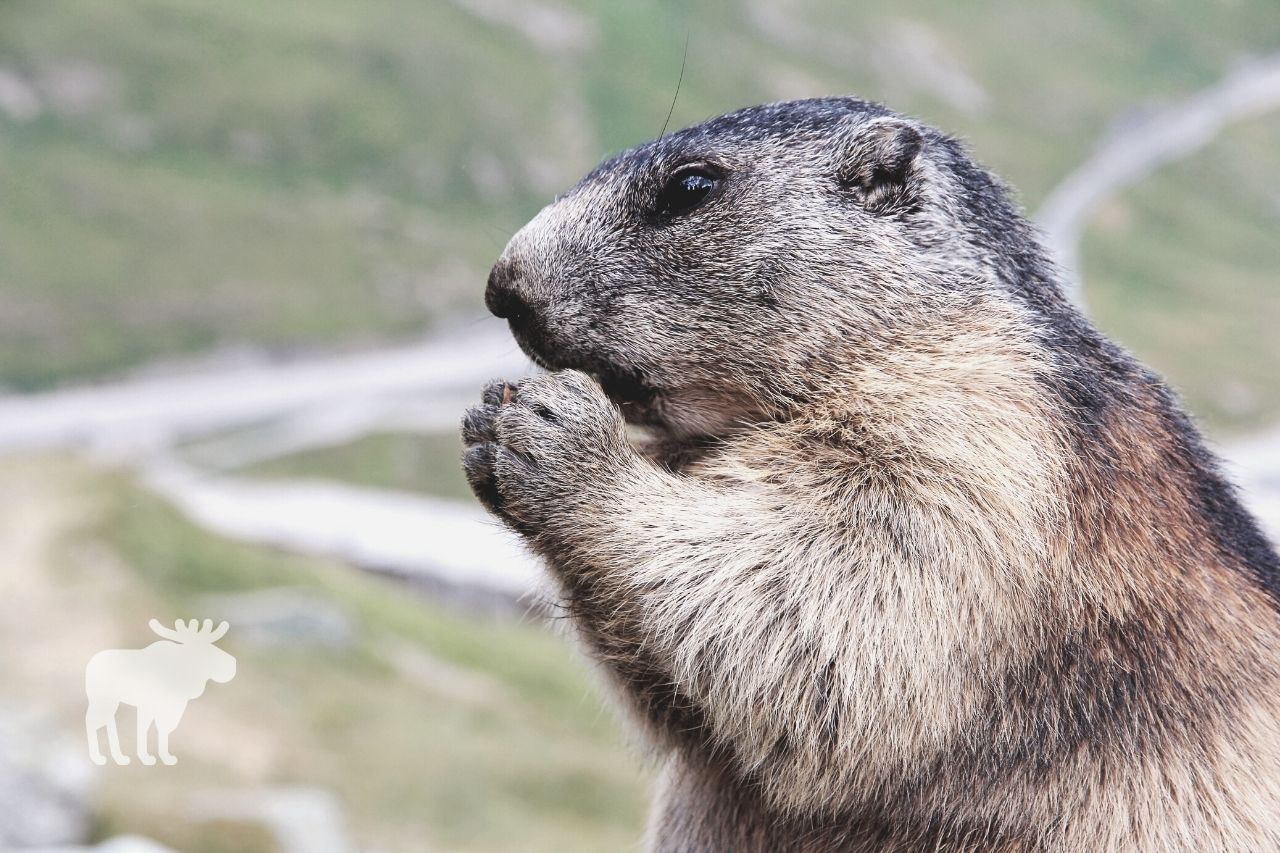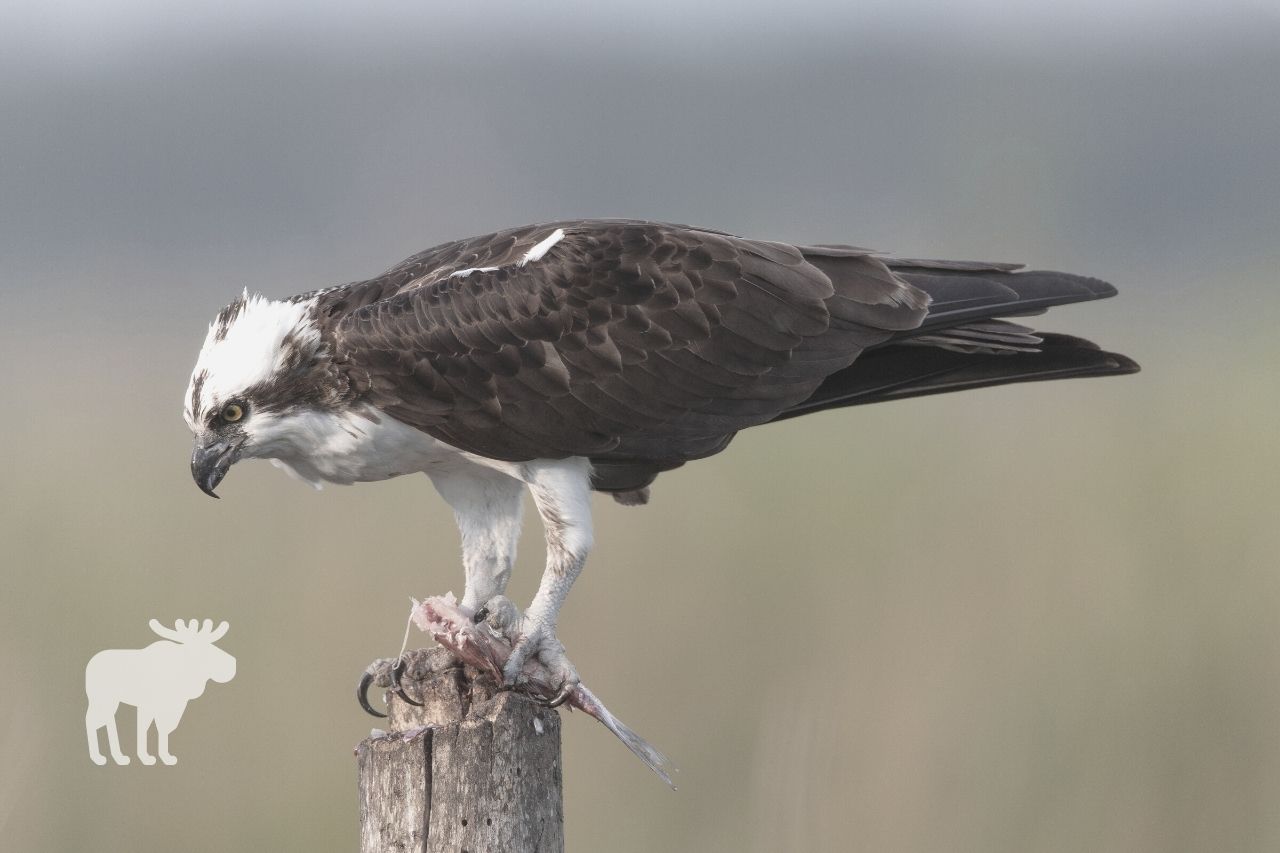Groundhog Vs Beaver: Side By Side
If you’ve ever seen a groundhog in passing, you may have thought it was a beaver. These two animals do have some similarities in appearance, but they have many differences as well. In this article, we’ll compare the groundhog vs the beaver, discussing their similarities and differences as well as which would be most likely … Read more









